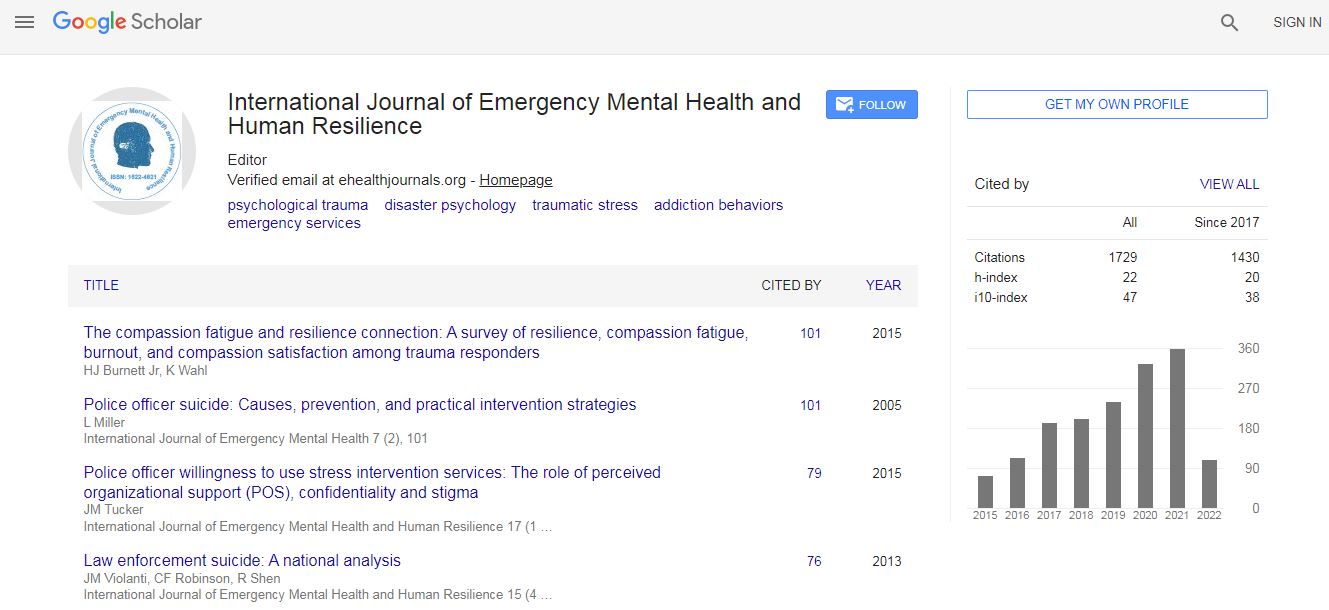Research Article
Clear Trends in Panic Disorder with a Possibility of Suicide Risk
Ken Inoue1*, Hisanobu Kaiya2, Naomi Hara3 and Yuji Okazaki4
1Department of Public Health, Gunma University Graduate School of Medicine, Gunma, Japan; previously, Department of Psychiatry, Division of Neuroscience, Graduate School of Medicine, Mie University, Mie, Japan
2Warakukai Incorporated Medical Institution Nagoya Mental Clinic, Aichi, Japan
3Department of Child Neuropsychiatry, Graduate School of Medicine, University of Tokyo, Tokyo, Japan; previously, Department of Psychiatry, Division of Neuroscience, Graduate School of Medicine, Mie University, Mie, Japan
4Michinoo Hospital, Nagasaki, Japan; Tokyo Metropolitan Matsuzawa Hospital, Tokyo, Japan; previously, Department of Psychiatry, Division of Neuroscience, Graduate School of Medicine, Mie University, Mie, Japan
- *Corresponding Author:
- Ken Inoue
Department of Public Health
Gunma University Graduate School of Medicine
Gunma, Japan; previously, Department of Psychiatry
Division of Neuroscience, Graduate School of Medicine
Mie University, Mie, Japan
E-mail: ke-inoue@med.shimane-u.ac.jp
Abstract
In the Diagnostic and Statistical Manual of Mental Disorders (DSM), panic disorder is one type of anxiety disorder. There have been few detailed reports on the relationship between suicide and panic disorder. We examined the comorbidities and personality inventory tendencies in panic disorder with an increased suicide risk. Our participants were patients with panic disorder. We found that an increased risk of suicide must be kept in mind when treating patients with panic disorder that is accompanied by mood disorders or anxiety disorders. This study also found that such patients are thought to be “very sensitive and emotional and easily distracted”, “introverted, humble and serious”, and “hedonistic”. The risk of suicide must be ascertained during the treatment of panic disorder.

 Spanish
Spanish  Chinese
Chinese  Russian
Russian  German
German  French
French  Japanese
Japanese  Portuguese
Portuguese  Hindi
Hindi 